KNP Logistics’ Downfall: How a Simple Password Breach Led to Bankruptcy
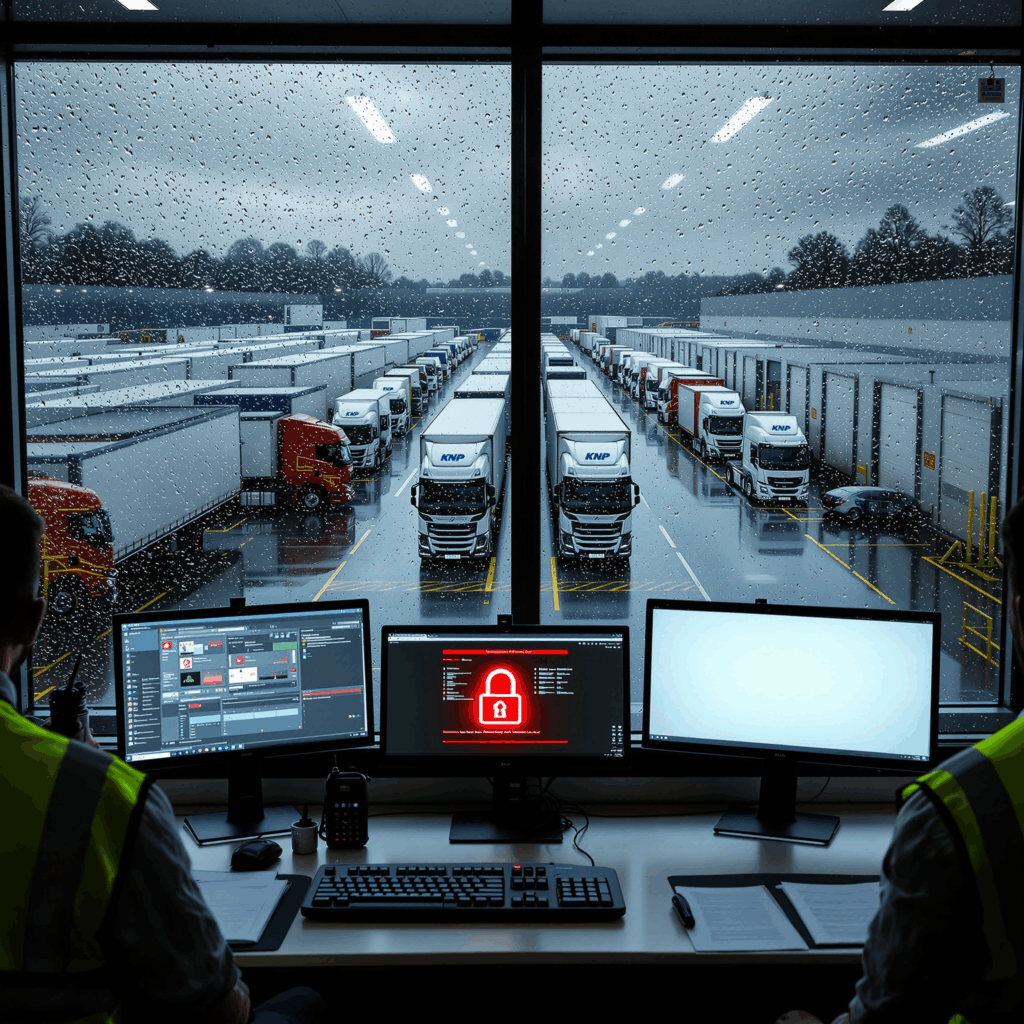
A simple password lapse led to the downfall of KNP Logistics, a major UK-based transportation firm with a 150-year history. In 2023, cybercriminals exploited the weak password, initiating a ransomware attack that crippled operations and halted a fleet of 500 trucks. Unable to meet a £5 million ransom demand, the company declared bankruptcy. This incident highlights the critical need for robust cybersecurity practices, strong passwords, and ongoing employee education to prevent such potentially devastating cyberattacks.
Is it Time for a Cybersecurity Wake-Up Call After the NHS Ransomware Debacle?
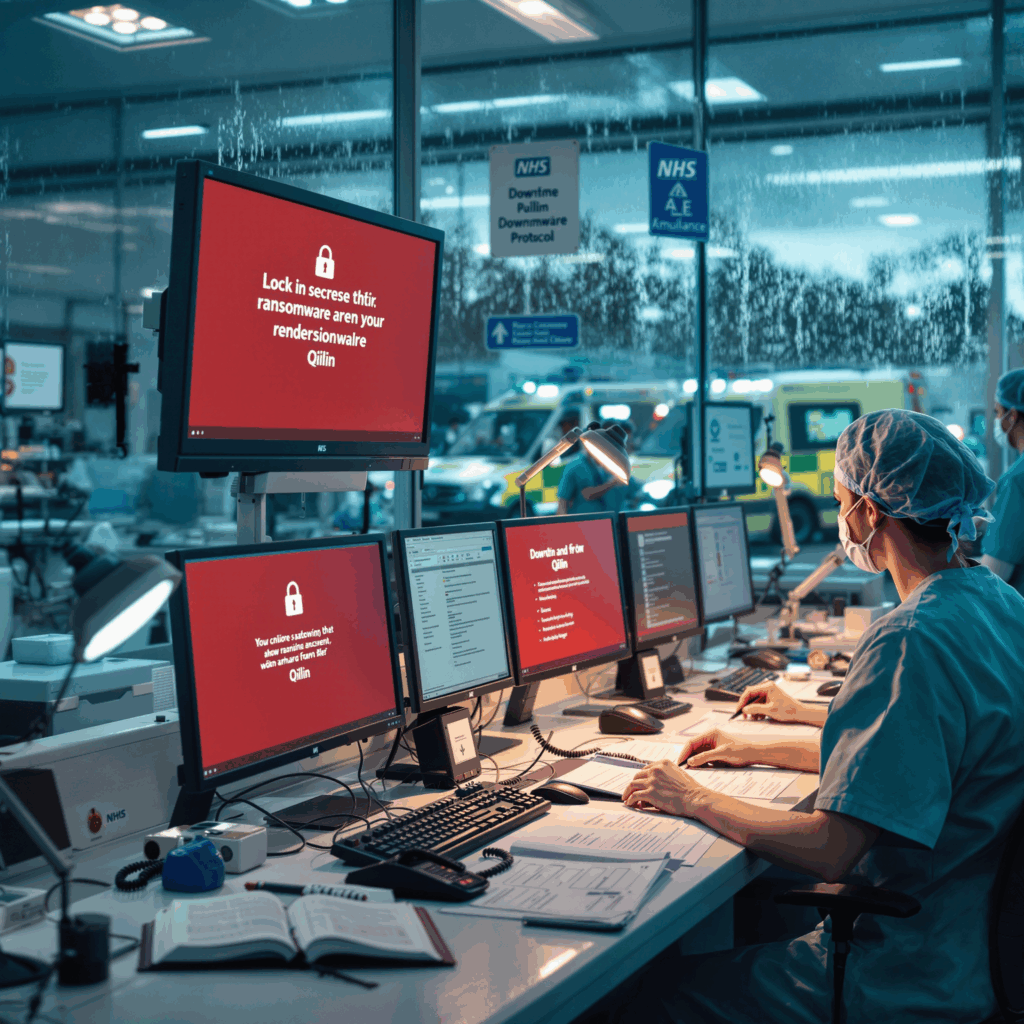
Recent ransomware attacks, such as the Qilin incident affecting the UK’s NHS, highlight the dire need for enhanced cybersecurity in critical sectors like healthcare. These attacks not only cause service disruptions but also pose life-threatening risks, underscoring the urgency for robust defense measures. The incident emphasizes the importance of updated security systems, employee training, and effective incident response plans. Moreover, collaboration across sectors and strict regulatory standards are essential to fortify defenses. This wake-up call stresses a comprehensive approach to safeguard public safety and organizational resilience against evolving cyber threats.
Is Our Digital Infrastructure Dangling by a Thread? How Safe Are Critical Industrial Systems from Cyber Attacks?
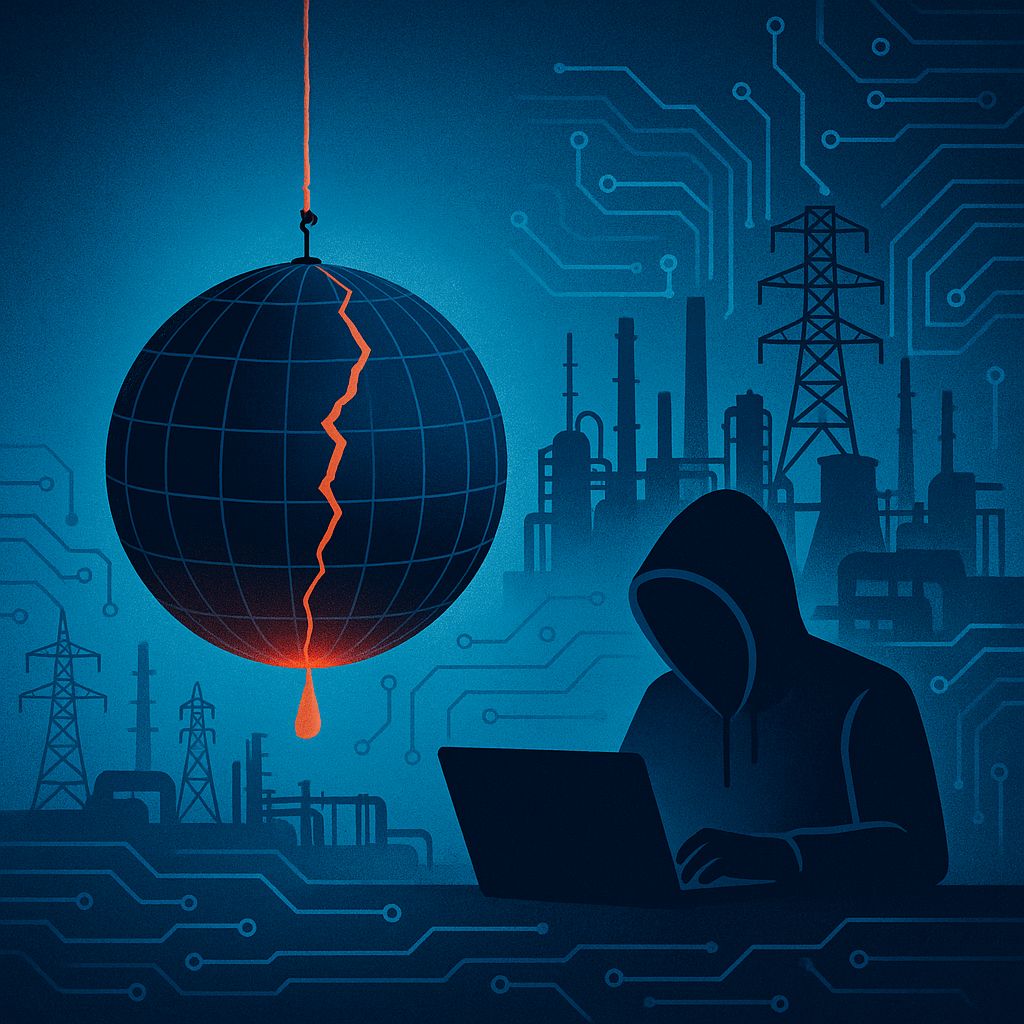
Our digital infrastructure faces rising threats from sophisticated cyberattacks, with industrial control systems increasingly targeted. A recent breach at a Norwegian dam facility highlights vulnerabilities in critical infrastructures, emphasizing the need for robust security measures. As operational technology environments merge with IT, they open pathways for cyber threats, demanding a shift from traditional defenses to advanced, multi-layered strategies. Strengthening security involves governance, technology, regular audits, and global cooperation on regulations. Adapting to evolving threats is essential to safeguard our infrastructures and maintain public safety.
Are Privacy Tabs the Next Big Thing in Online Security or Just Another Browser Gimmick?

The introduction of privacy tabs in browsers aims to enhance online security by isolating and protecting user data through separate silos for each session. This innovation promises to reduce tracking and data cross-contamination, offering improved protection against advertisers and third-party data mining. As browser developers respond to growing privacy concerns and regulatory demands, these features are likely to become standard, reflecting a significant shift toward safeguarding digital interactions without compromising user experience.
Is Your Smart Factory Safe from Cyber Threats? Navigating the IT-OT Convergence Maze!
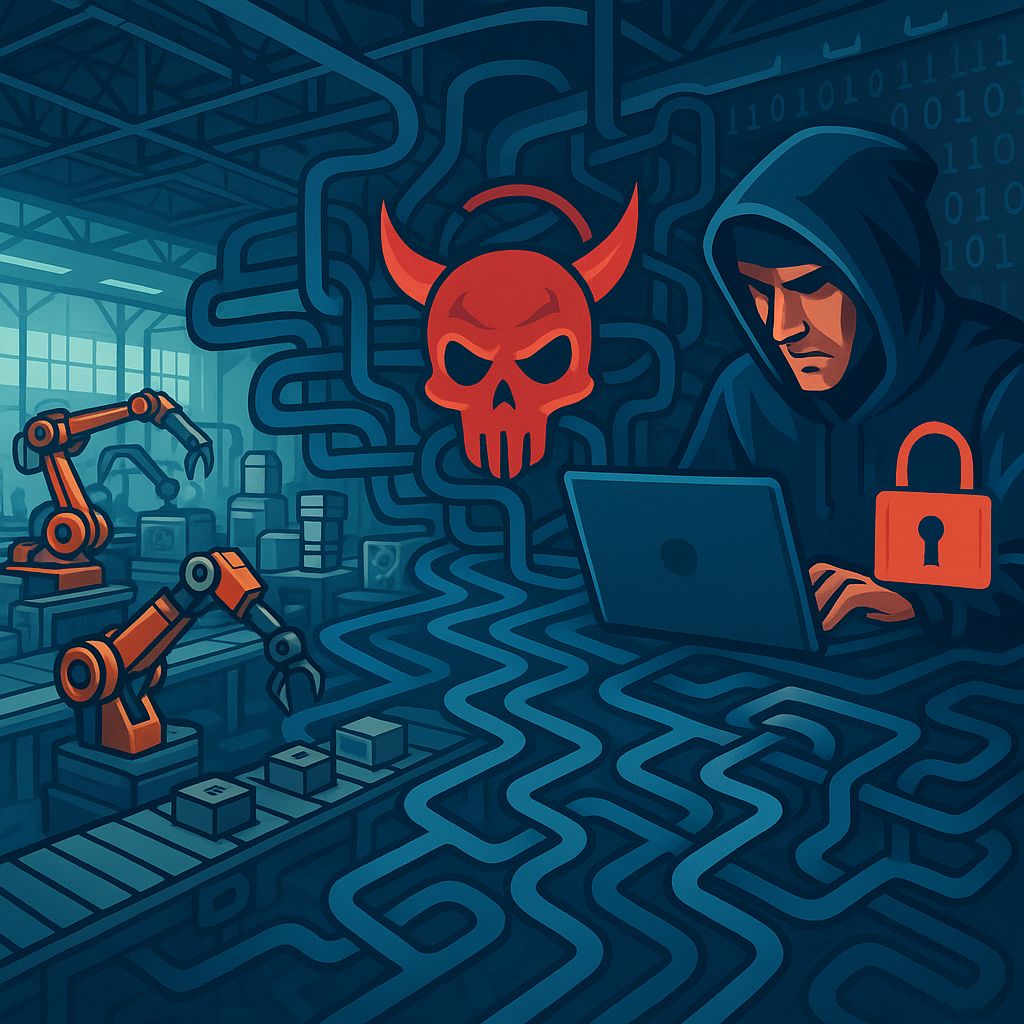
As smart factories embrace IT-OT convergence and IoT integration, they unlock significant opportunities for efficiency but also face heightened cyber threats. Organizations must address the unique challenges of blending IT and OT, where traditional security priorities differ, by adopting holistic security strategies and standardized practices. Emphasizing robust access controls, regular asset management, and comprehensive incident response plans are crucial. Additionally, investing in skilled professionals and employee training can bolster defenses. Navigating this complex landscape effectively is essential for leveraging digital transformation benefits while mitigating cybersecurity risks.
Why Aren’t We Freaking Out About Hackers Targeting Our Water Systems?
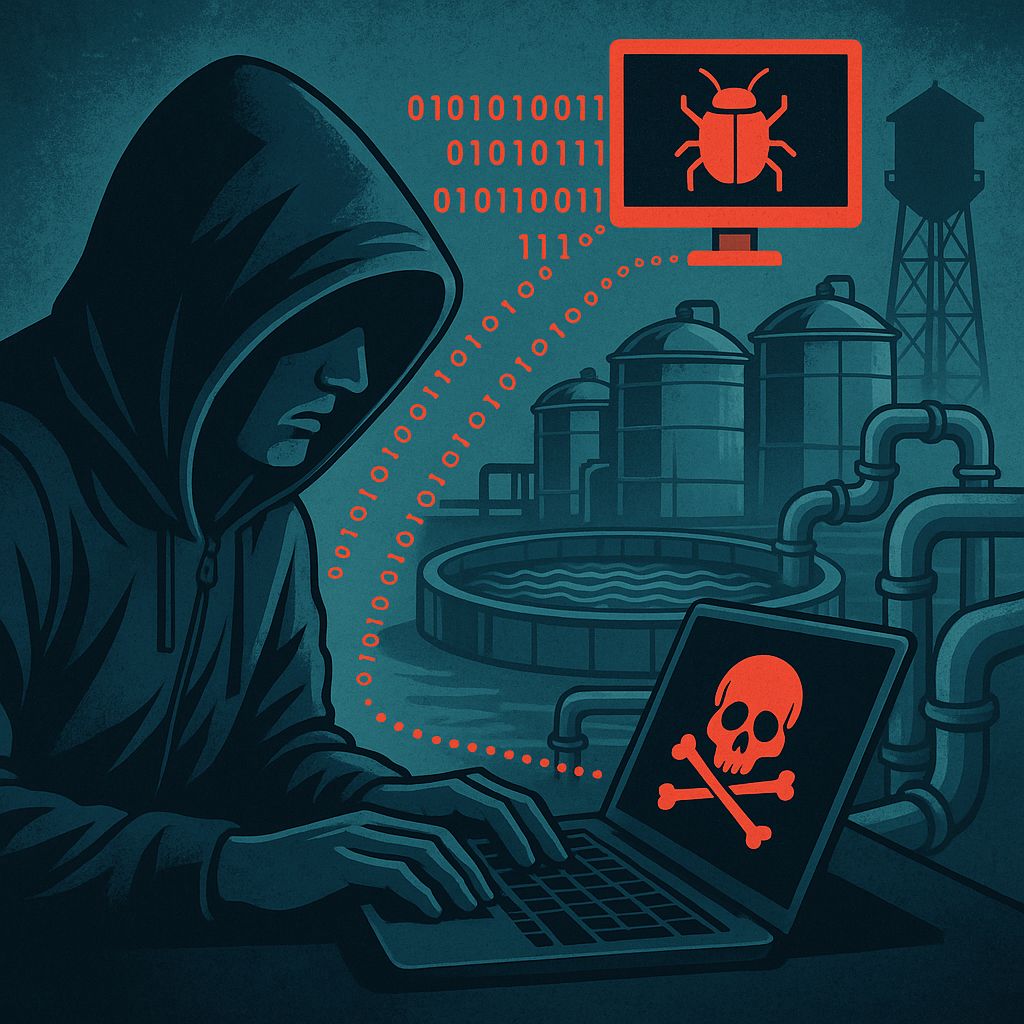
The increasing cyber threats targeting European water systems raise alarm due to their significant implications for public health and safety. Despite the urgency, robust cybersecurity measures are lacking, leaving these critical infrastructures vulnerable. The integration of Industrial Control Systems with IT networks heightens efficiency but also risks exploitation by cybercriminals. To mitigate these threats, there is a push for standardized cybersecurity protocols, enhanced collaboration among stakeholders, and increased investment in security technologies. Addressing this issue effectively involves not only technological upgrades but also fostering cybersecurity awareness and training within the sector.
Blooo Earns the “Référencé CCI IDF” Cyber Label: Quality and Trust Assurance, and Opportunities for its Clients

Blooo has obtained the ‘Référencé CCI IDF’ cyber label, certifying the quality of its cybersecurity services. This certification allows its clients to benefit from specific subsidies to enhance their resilience against cyber threats. This award strengthens Blooo’s position as an integrator of trusted solutions and its commitment to the success of its clients.
CocoaPods Vulnerabilities Expose Critical Supply Chain Weaknesses and Demand Urgent Security Overhaul for Apple’s Development Ecosystem

In recent developments, the cybersecurity community has had to confront significant vulnerabilities posed by the dependency manager CocoaPods, commonly utilized within the Apple development ecosystem. These vulnerabilities exemplify the persistent and evolving nature of supply chain threats, underscoring the imperative for robust security mechanism
Critical Vulnerability in PTC’s License Server Software Threatens Industrial Operations: Urgent Cybersecurity Measures Required

A recently identified critical security flaw in PTC’s license server software poses a significant threat to industrial organizations, creating potential avenues for lateral movement within networks. This vulnerability, which encapsulates the potential for severe disruptions, underscores the importance of robust cybersecurity measures in safeguardin
Critical Security Vulnerabilities in YubiKeys: Unveiling the Threat of Side-Channel Attacks on Cryptographic Hardware
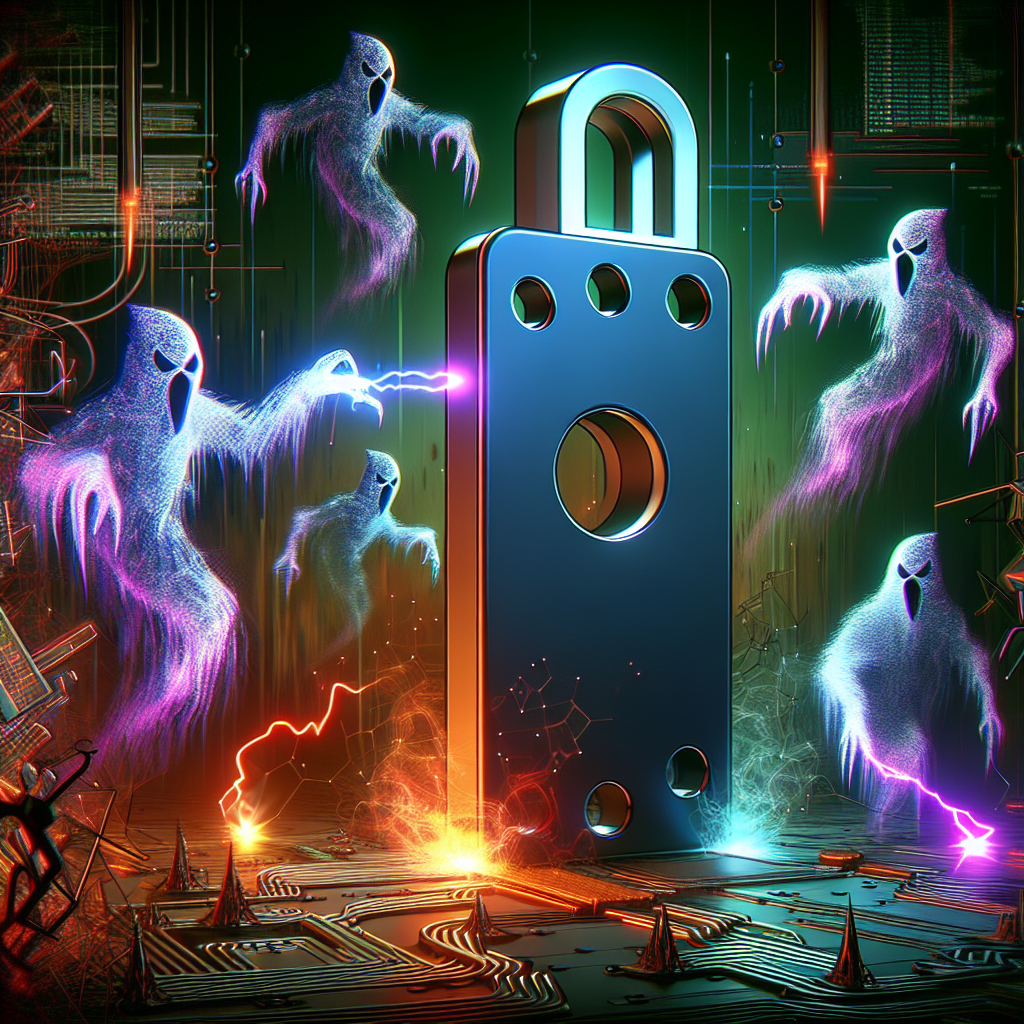
Recent investigations into the security of cryptographic hardware devices have highlighted concerning vulnerabilities that have the potential to compromise the integrity of systems relying on these tools for secure authentication. YubiKeys, a brand of security tokens from Yubico widely utilized for second-factor authentication, have come under scru